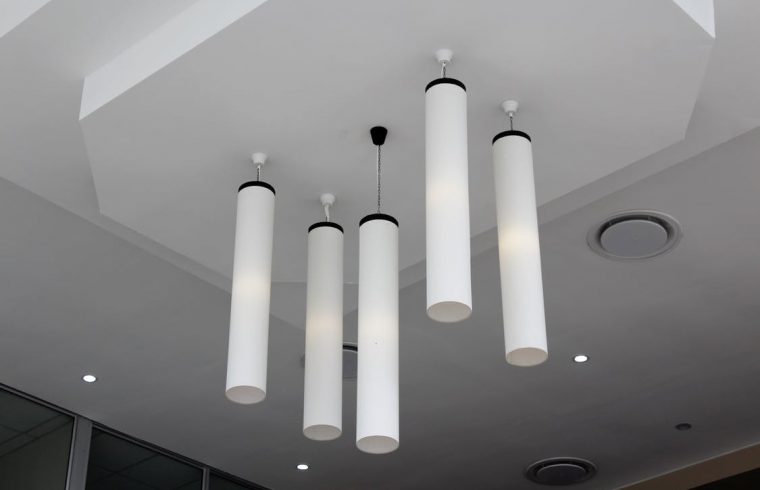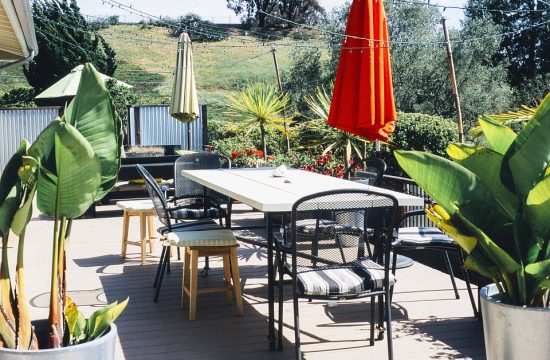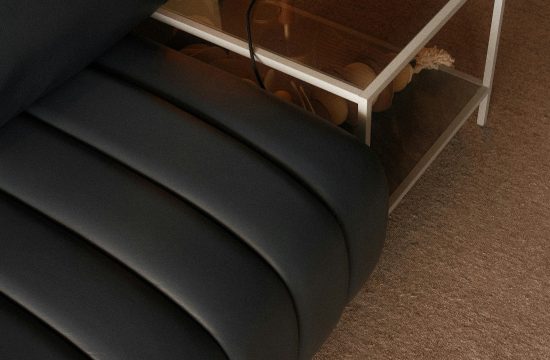After your house renovation has complete, there is always possibility that the works not as perfect as you want. Whether it’s a sloppy finishing or a minor error, like something irritates your eyes. Here are some tricks to hide those imperfections.
Non-Straight Wall
Walls that not angled, especially if the gap is wide, are the result of sloping land and not angled as well. However, from within space, this was no too good. How to fix it is by put a shelf on the wall. This shelf has flat exterior, while the interior slopes following the wall. Fill this shelf with books or any decorations. By that way, there will be an illusion that the wall is straight and angled.
Uneven Wall Surface
Generally this happens because the wall refinishing is not perfect. This problem is not solved by painting, because the unevenness of the wall forms a shadow when the wall exposed to light. Installing wallpaper is a very effective action. The motifs and colors on the wallpaper will distract the eyes and make the walls look flat. For a stronger effect, choose random pattern and combination of several colors. If you don’t want to install wallpaper, painting the walls with effect paint can be an option. A washed, ragged, or sponged effect that intentionally created to create an uneven paint appearance will disguise the imperfections of the finish.
Flaws on the Wall
After all renovation work is completed and the rooms are tidied up, defects are often found on the walls caused by the impact of tools, scratches, holes, and even cracks. Defects like this are small enough to repaired on the entire wall, but quite disturbing the room interior. One of trick way is to stick it with a wall sticker. Arrange the sticker in such a way that the image covers the defects perfectly. In addition to wall stickers, these imperfections can be disguised by painting a picture on the wall by stencil or mural. These methods not only apply to children’s rooms, but can applied to other spaces. The key is to choose the motif and color of the image.
Cable Path Visible in Ceiling
Ideally, electrical cables or water pipes are hidden in the walls or ceiling so that the space will look neat. However, during renovations, the addition of new lines is sometimes forced and leaves bad cable trail. The solution, make variations on the ceiling. At the junction of the wall and ceiling can be added a thick trim so that the cable can be hidden in the trim. Another way, make a “cap” on the ceiling. The “cap” is the part of the ceiling that made lower and protrudes forward. Generally “cap” is made as a place to put spotlights. Another alternative is to make a drop ceiling. The middle or the edge of the ceiling that has lowered is usually used as a place to put indirect light. The gaps in between can also used as cable lines.
–sh












